Not long ago we talked here about the Witches of the Night , the Soviet female aviator regiment of World War II. Today we are going to see the story of another unit made up of women but in the United States, similar but with the difference that its activity was in the civilian sphere and its members did not receive the same recognition as their counterparts in the Soviet Union. It's about the WASP girls (Women Airforce Service Pilots ).
In the summer of 2009, President Barack Obama presented the Congressional Gold Medal to three of the women who were part of the WASP, representing the more than three hundred who were still living and who received theirs the following year, on Capitol Hill. and from the hands of the president of the House of Representatives Nancy Pelosi. It was the culmination of a series of claims they had been making since 1972, calling for them to be considered war veterans.
It was what was called the Battle of Congress , as there were several requests and even bills in that sense, but all the initiatives ended up being rejected when considering that the WASP service was exclusively civil, despite the fact that the discipline they followed was military and they were even entrusted with secret missions, although not of combat.
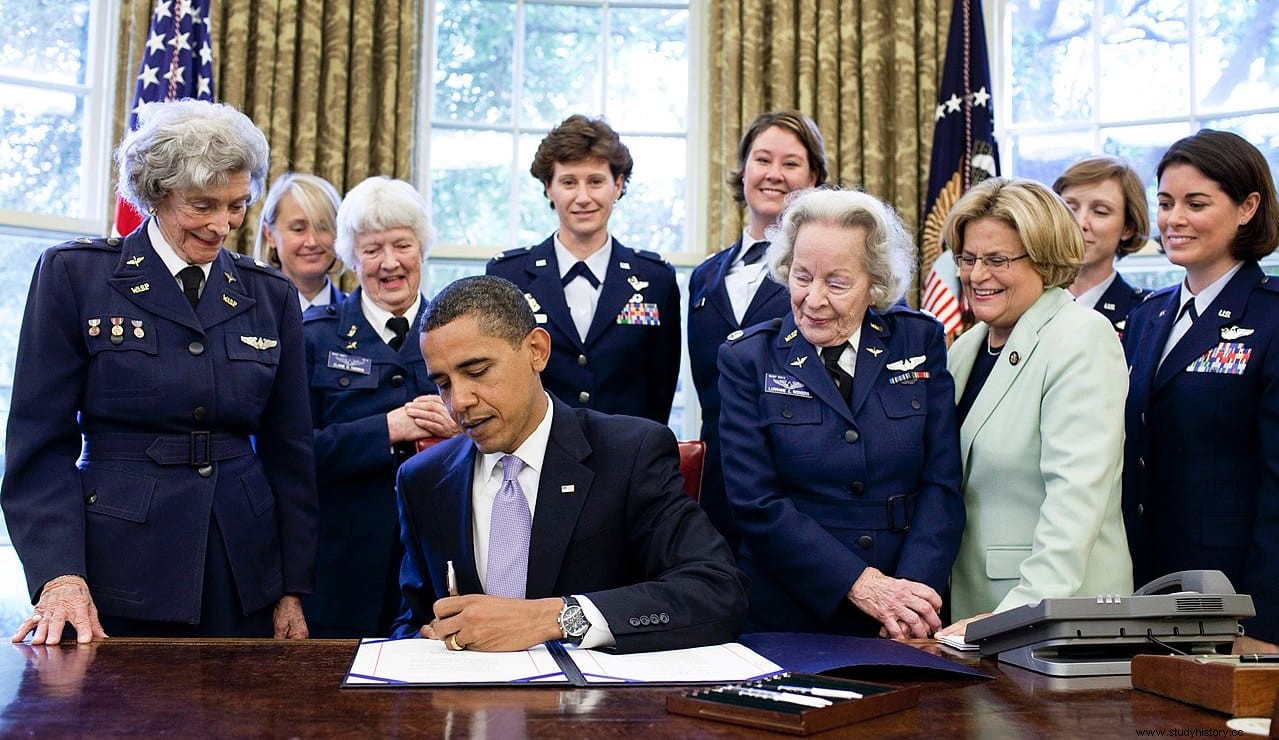
Veterans associations also spoke out against it and no progress was made until, in 1977, Jimmy Carter took the first step by awarding them the certificate of honorable discharge and the American Campaign medal. .
But they were still denied other things, such as the right to be buried in Arlington Cemetery, something they would not get until 2002, having to overcome an appeal in 2015 that determined that their ashes can be buried but not the body directly. It was the last gasp of discrimination on the verge of extinction because, by then, the mentality of American society had already changed enough for women aviators to be remembered in museums and openly honored.
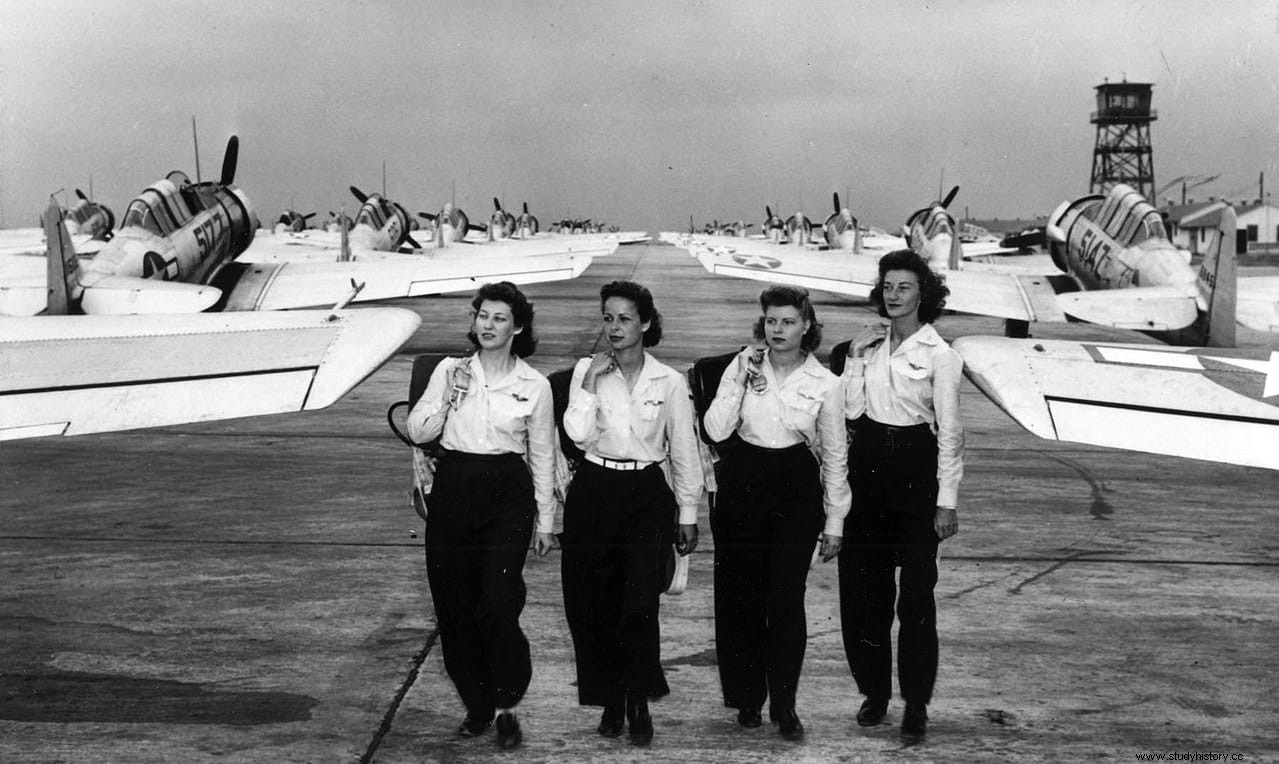
And it was not easy to break the prejudices that were revealed in the thirties and forties, when the body was created and many male pilots viewed it with displeasure (in some cases to the point of sabotaging planes or treating female aviators contemptuously). Something that became more common than it should in multiple aspects:absence of specific facilities on board, salaries a third lower, suspension of activities during menstruation, establishment of the age limit at 35 years because it was thought that menopause would make women irrational. pilots...
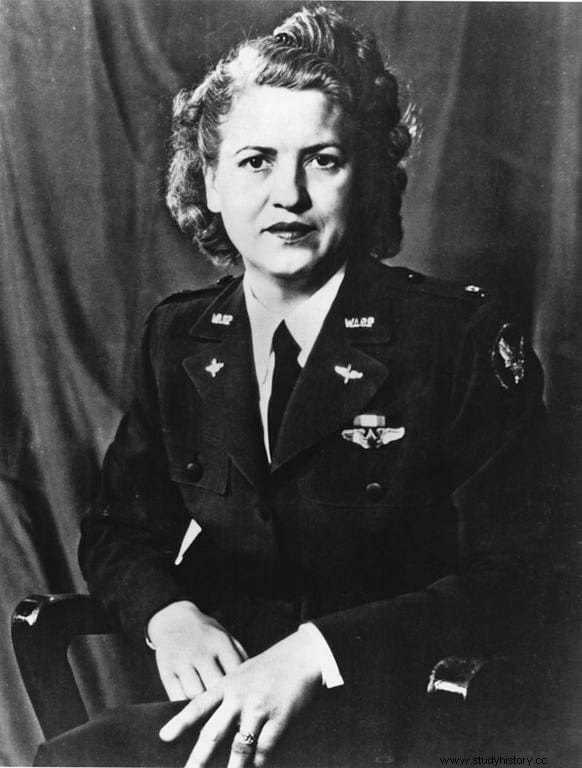
This story had begun in September 1940, when a strange suggestion came to the hands of Eleanor Roosevelt:to recruit women in the US to collaborate with the British piloting their transport planes. Britain was in the middle of World War II and although the US was still neutral, there was an organization called Wings for Britain that sent American aircraft to the islands. The aviator Jacqueline Cochran, who was part of it, was the author of the proposal to the First Lady.
Cochran, born in Pensacola in 1903, suffered a double traumatic experience:she divorced her husband in 1924 and lost her son in a terrible domestic accident. She then quit her job as a hairdresser and took flying lessons, earning a pilot's license. Increasingly fond of the aeronautical world, setting speed, distance and altitude records, she was the first woman to cross the Atlantic at the controls of a Lockheed Hudson V bomber for the aforementioned Wings for Britain her, later enrolling in the ATA ( Air Transport Auxiliar ) along with twenty-five other women.
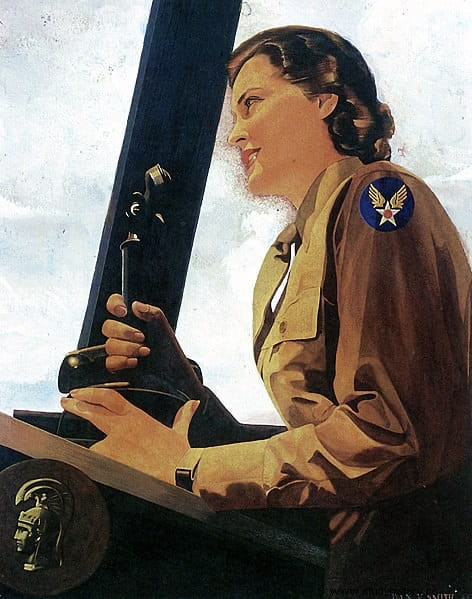
Her job there was to fly transport flights, which gave her the idea of forming a female unit to replace the male pilots, allowing them to focus on combat aircraft; These were the days of the Battle of Britain, when, in Churchill's words, the RAF had to shed blood, sweat and tears to stop the Luftwaffe. She followed the example of Oveta Culp Hobby, who was trying to do the same in another field and would end up being the director of the WAAC ( Women's Army Corp ), given that for many the country's entry into the conflict was inevitable.
In fact, another woman was trying the same thing as Cochran in parallel. It was about Nancy Harkness Love, a young woman born in Houghton in 1914 who had become interested in aeronautics in her teens, getting her pilot's license when she was only 16 years old. Married to a commander in the USAAC (United States Army Air Corps , US Air Corps), with whom he founded an aviation company while participating in races and prototype tests, in May 1940 he offered the services of fifty women pilots who could take planes from factories to bases.
The idea was rejected but in the summer of 1942, with the US already belligerent, the aforementioned WAAC was created, not limiting it to auxiliaries but also to piloting, the latter after Eleanor Roosevelt supported it in a press column. Nancy was put in charge of the initiative and began to recruit female aviators, who were required to be between 21 and 35 years old, high school diploma, commercial pilot's license, 500 hours of flight in planes with engines of more than 200 CV . It started with 28 pilots, gradually increasing the squad until four squadrons were formed.
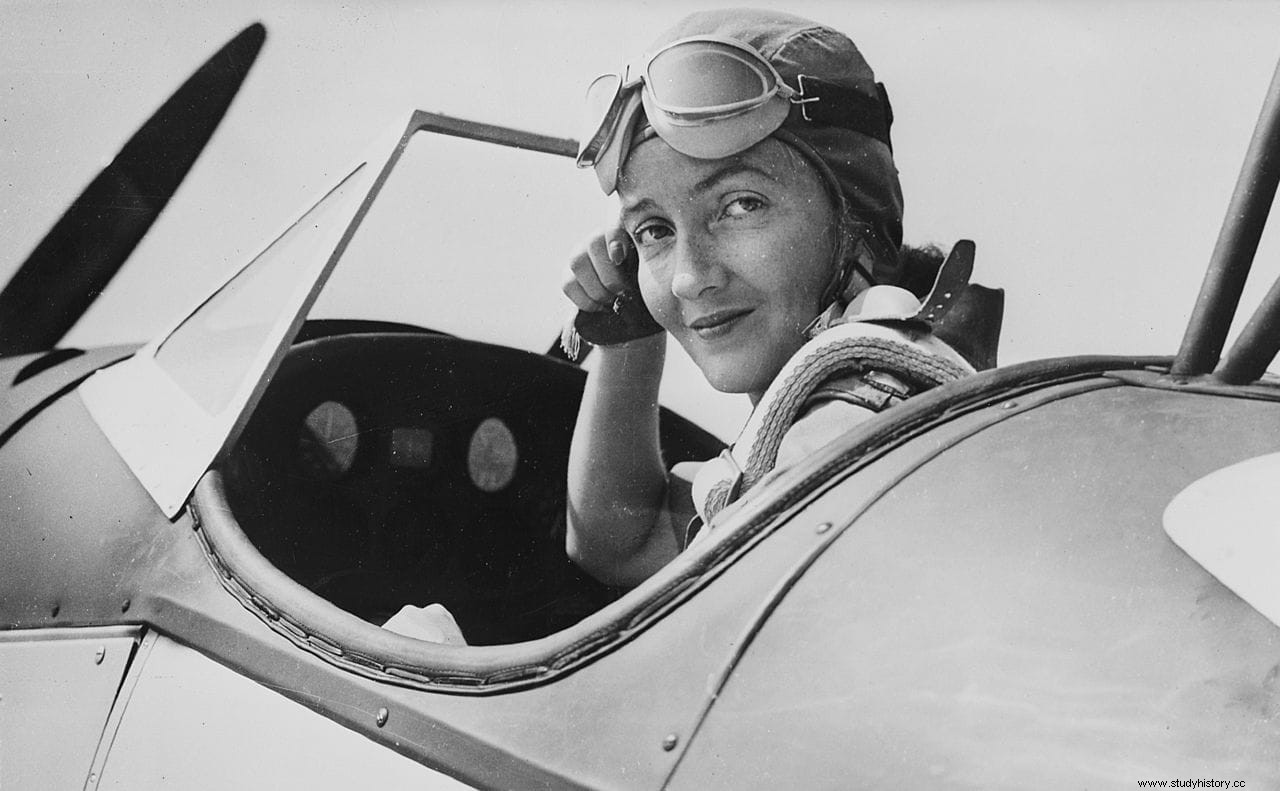
The WASF (Women Airforce Service Pilots) had just been born. ). The contracts were for 90 days, with a salary of $250 per month. The base was in New Castle, Delaware, where the women had lodging, although they had to pay for it, as well as food. The uniform (designed by Nancy's husband) was also at their expense, which is why most only used the flight one (which included overalls, jacket, scarf, goggles and parachute), ignoring the walk one.
The following month, Jackie Cochran returned from England to offer a pilot training project for women. It was accepted and thus the WFTD (Women’s Flying Training Detachment was founded. ), with her as director and base at the Houston Municipal Airport (Texas). If the previous ones were popularly baptized the Originals , these others were nicknamed Guinea Pigs (Guinea pigs) because the teaching was done with obsolete planes. On the other hand, they did not receive uniforms or accommodations.
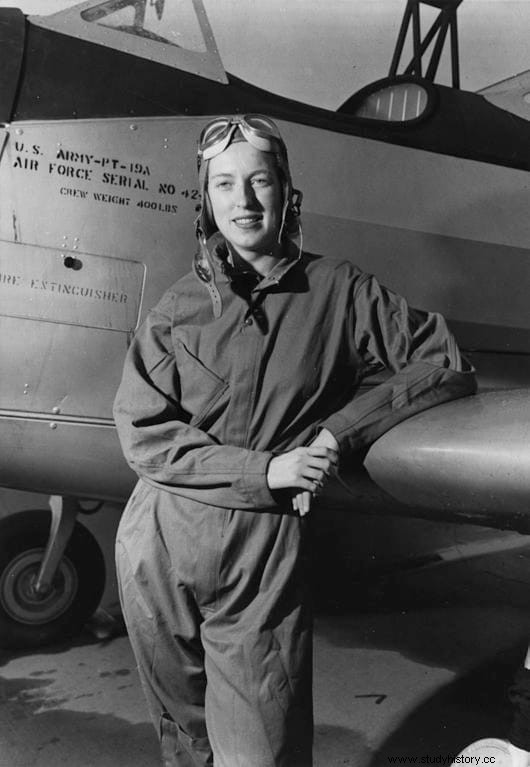
The goal, as formulated by General Hap Arnold, head of the Air Force, was to train half a thousand pilots. However, it did not take long for the first fatal accidents and consequent problems to occur:in March 1943, Margaret Oldenburg crashed with her instructor and, since it was a civil service, there was no budget for casualties, so Cochran herself had to pay for the funeral out of pocket.
A few days later Cornelia Fort died, after a male pilot smashed her wing with her landing gear by strutting too close to her (they were in formation). Fort, who had enlisted before anyone else, had also been the first to see the Japanese squadron that attacked Pearl Harbor while in training, narrowly escaping their machine guns, so her loss was especially grievous. Q> 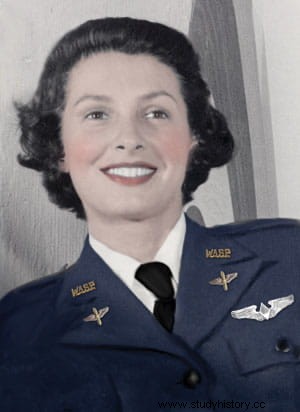
Four months later it was decided to merge the WASF and the WFTD at the request of Cochran, who was placed in command of the resulting body, the aforementioned WASP, with Nancy Harkness Love in charge of transport operations. Basically, the conditions of the first for the volunteers were maintained but reducing the number of flight hours required to 35, as well as adding a minimum height (1.60) to ensure that all of them would reach any command.
And it is that there were not a few that were presented:25,000, no less, although only 1,830 were selected; Of these, 1,074 completed the training. Almost all of them were from the wealthy class, after all, the ones that could afford to pay for piloting courses; therefore, mostly white and Anglo-Saxon, which did not prevent there from being two of Hispanic descent (Verneda Rodríguez and Frances Dias), another two Chinese (Hazel Ying Lee and Maggie Gee) and even one with a white father and a Lakota Oglala mother, Ola Mildred. Rexroat.
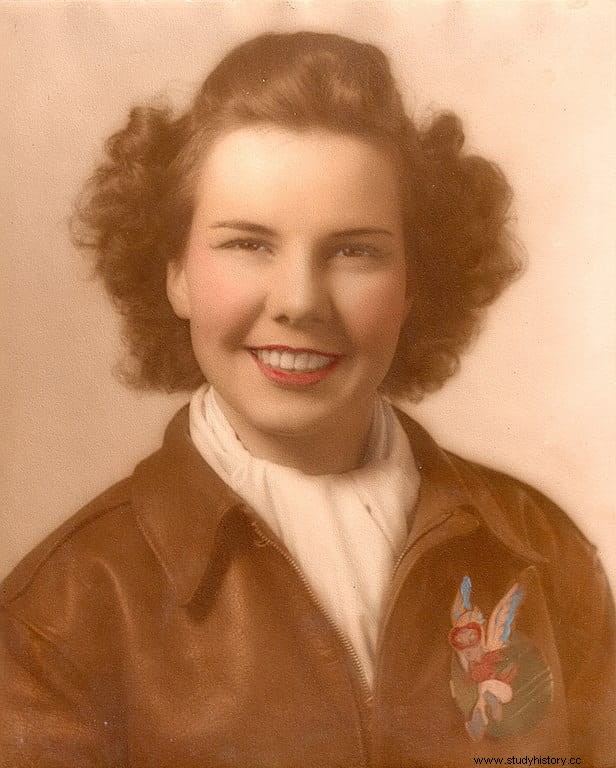
The African-Americans were turned away, even though one of them, Mildred Hemmons Carter, Alabama's first black pilot, had made it through the course. In fact, she suffered discrimination twice:for her skin and for her sex, since she was not admitted among the Tuskegee Airmen either. , a group of black pilots who would manage to fight in the war by forming two squadrons, the 332nd Expeditionary Operations Group and the 477th Fighter Group . Mildred didn't get recognition until the 21st century.
The fact is that, course after course, promotions of woofteddies began to come out. (as the WFTD girls were also called), overcoming the shortage of means they had, which affected material (23 different types of planes, elementary medical assistance), personnel (there was a lack of instructors) and even the legal field (they lacked life insurance). The courses lasted four months that supposed 560 hours of theoretical education and 210 of flight practices; they were basically the same as those taught to men (pilotage, navigation, mechanics, Morse code, military law...), except that there were no artillery practices; yes, instead, evasion techniques.
A curious detail was the authorization to adopt an official mascot in the patches of her jackets:Fifinella, a pixie created by the famous writer Roald Dahl for his story The gremlins which Walt Disney himself had shaped - a kind of aviator with horns and wings - for a film that was never shot. Many fighter pilots also painted her on the fuselages of their planes, in her case astride a bomb.
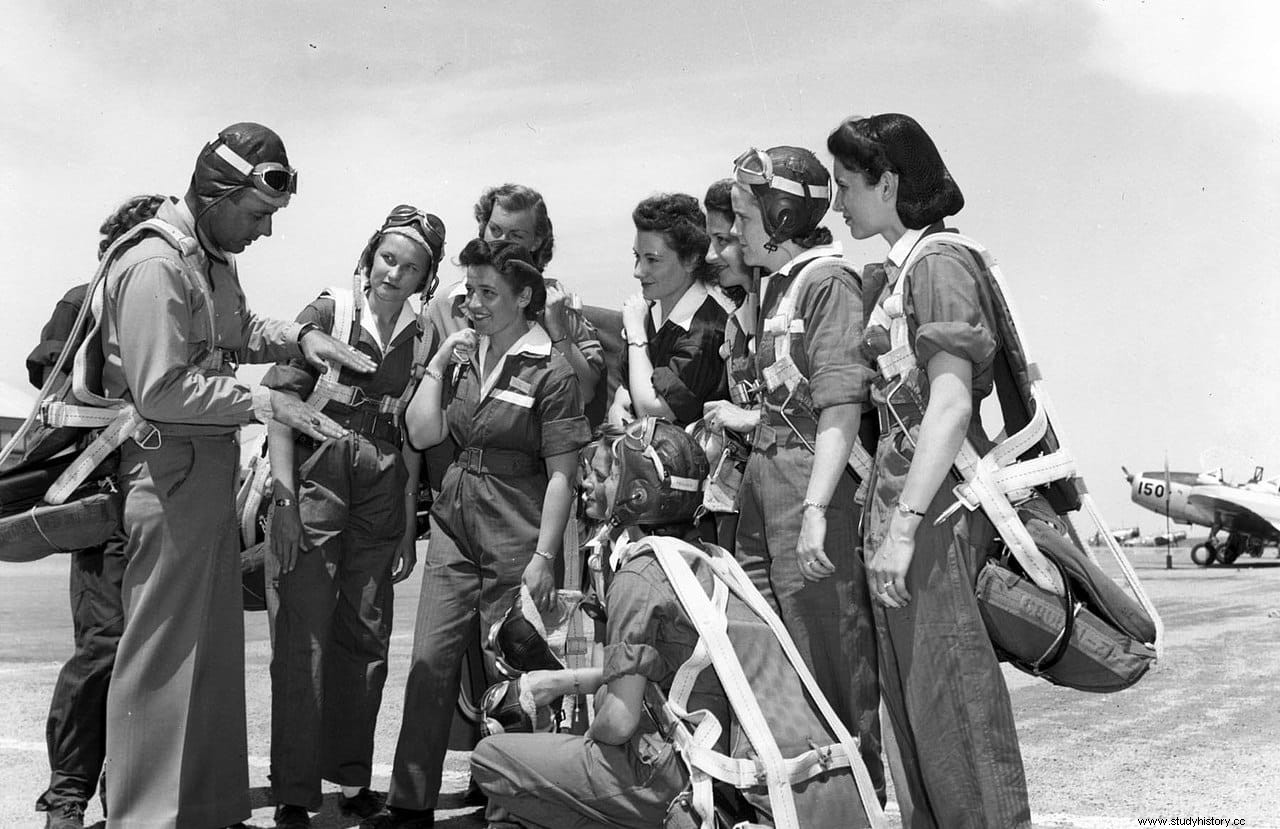
The 1,074 female aviators who managed to complete them were spread over 122 air bases, the most frequent of their duties being flying planes from the factories to the hangars:12,652 units -more or less half of the total manufactured- thus arrived at these bases between September 1942 and December 1944, allowing nearly a thousand male pilots to be redeployed to the front.
In that sense, another important mission was to tow targets for target practice, both anti-aircraft and in flight; given the risk, they only asked for volunteers - they all always were - and more than once it was difficult for them to receive machine gun bursts in the fuselage.
In fact, the WASP would record casualties; We have reviewed some but there were more:27 of them were in the act of duty and 11 during training, adding a total of 38. In those cases they were not honored, as was done with their male colleagues, because they were civilians. In September 1943, a militarization bill was presented, but it did not go ahead; a second attempt in June 1944 also failed. Both Cochran and General Arnold failed in their proposal to incorporate women into the Air Force, encountering opposition from male pilots and society in general.
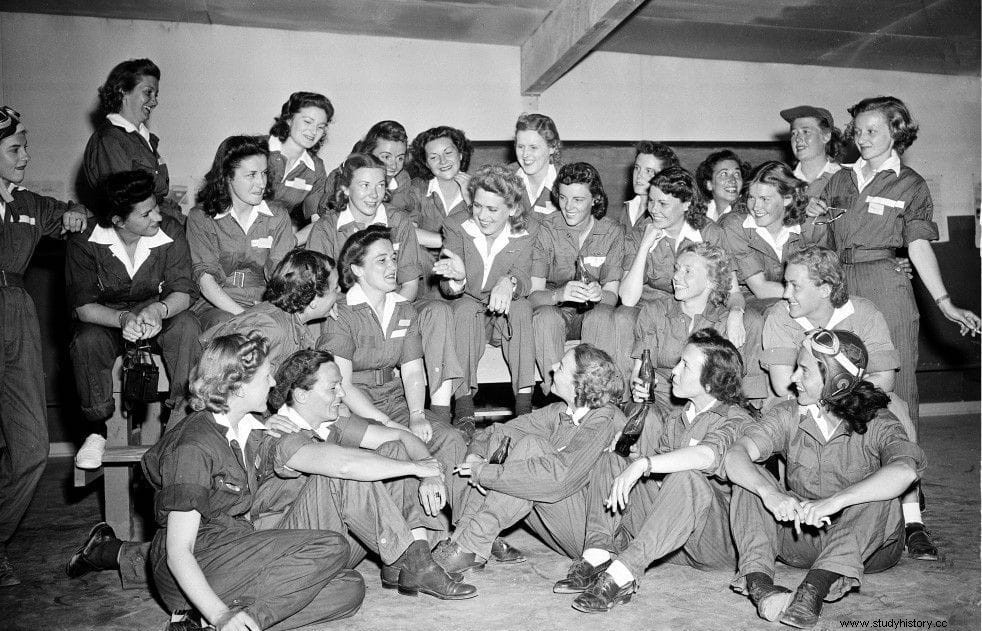
As the war progressed, the WASPs began to test new models such as the B-29 (which aroused some mistrust among the male pilots and they only accepted it when they saw that two women, Dorothea Johnson and Dora Dougherty Strother, dared to try it) and including jet prototypes, in the case of the Bell P-59. But the war was virtually won and the WASP program was beginning to be considered not only unnecessary but also expensive, since it had involved an investment of 50 million dollars, so in December 1944 it was decided to cancel it.
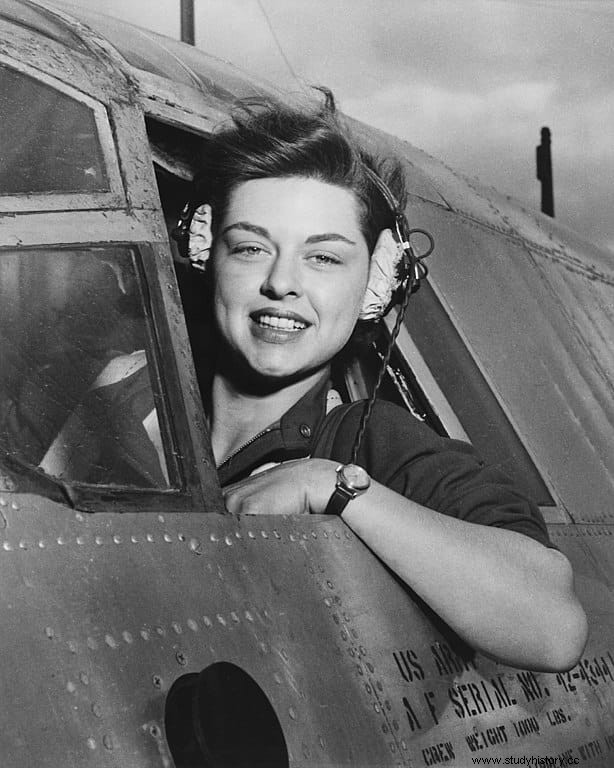
The last promotion, of 71 pilots, had left two weeks before and twenty of its members offered to continue with the program for a symbolic salary of one dollar a year. However, so many pilots were no longer needed on the front line and the return of many was imposed. Therefore, the idea was rejected and the women had to return to their homes; most, by the way, on their own.
Some founded an organization, Order of Fifinella , to help former female aviators find work, as many wanted to continue flying but were turned down by airlines; a small group even offered themselves to the ROCAF (Republic of China Air Force), which was still fighting the Japanese. Others, like Cochran, were able to continue her dream and she was the first woman to break the sound barrier (with the legendary Chuck Yeaguer as co-pilot), as well as the first to cross the Atlantic at the controls of an jet , among many other records.
However, the chapter had closed for those pioneers. From there, they set another goal to beat:the recognition of their services, whose development process we explained at the beginning. They had to fight for a long time, but they also succeeded.
